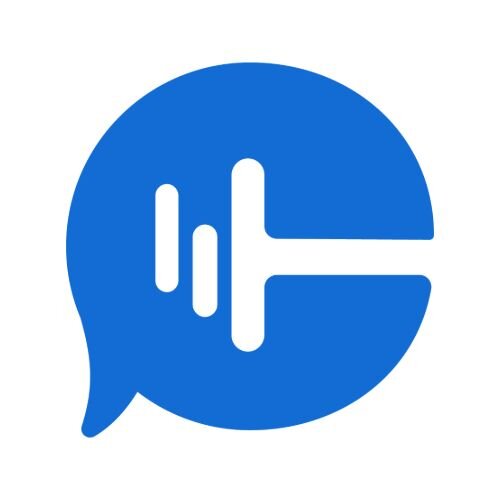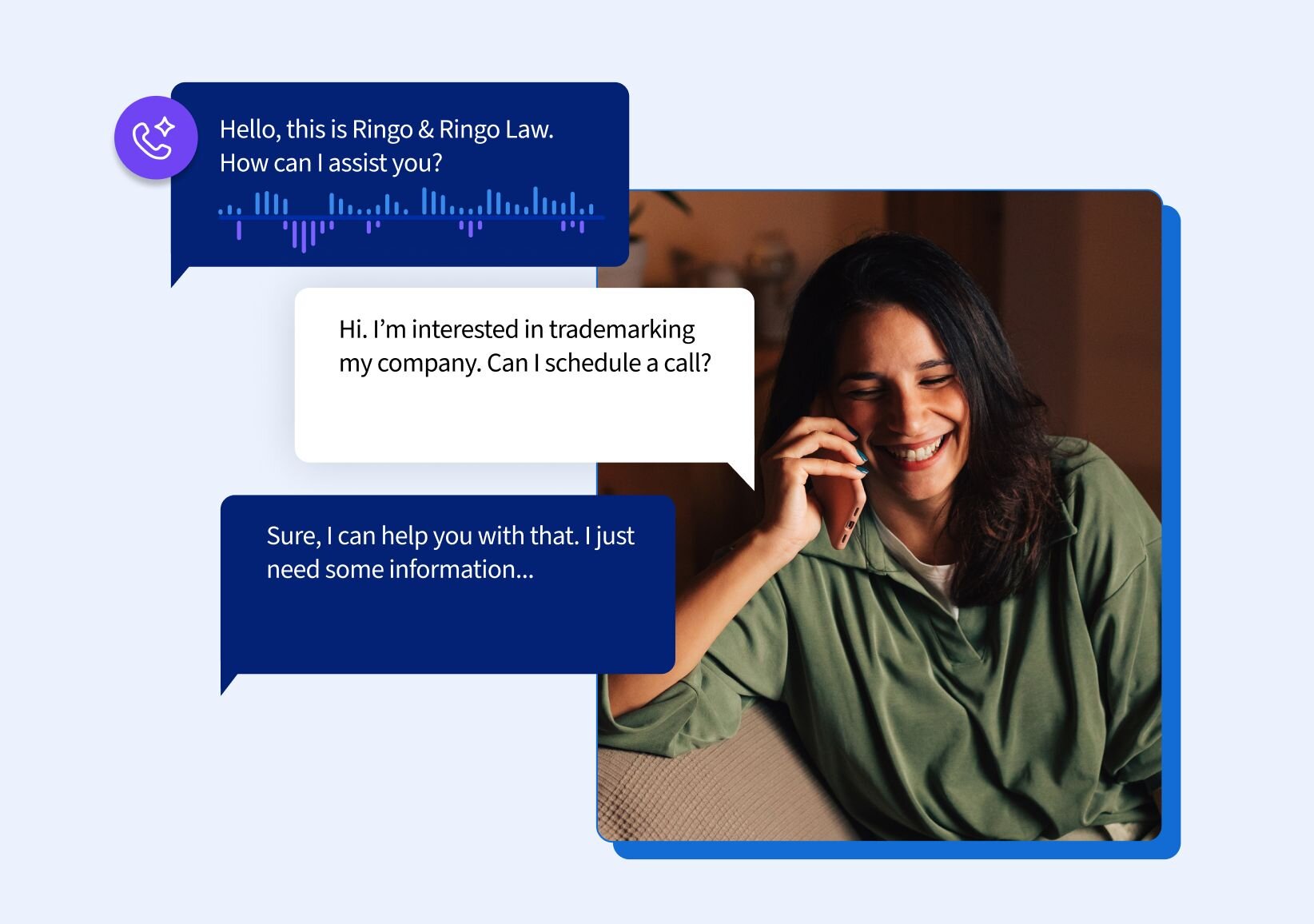Today’s car buying journey involves research on third-party sites, Google searches, social media platforms, dealership websites — and each channel plays an interconnected role. If you’re looking to boost your automotive lead generation and sales, your dealership needs to be on those channels with a cohesive sales message. The best way to accomplish this is with an integrated marketing communications plan (or IMC plan).
An IMC plan is a comprehensive marketing approach that focuses on creating and presenting a consistent, high-impact sales message across target marketing channels. It combines multiple elements of the marketing process, such as:
- Dealership branding and messaging
- Target audience research
- Marketing channel selection
- Content planning, creation, and distribution
- And tracking and measuring key performance indicators (KPIs)
With an IMC plan, car dealerships can streamline their marketing efforts to save time and money, build stronger customer loyalty across multiple channels, and increase lead generation and car sales with a unified sales message.
Here’s how to create and implement an IMC plan for your dealership today.
Step 1: Create a branding guide for your dealership
A brand style guide is a document that states how your dealership should present itself and its messaging to keep both internal and external communication consistent. A brand style guide or branding guide encompasses everything from how your logo should appear on your marketing material to the tone of voice your dealership uses to communicate with customers.
When used as a filter for your marketing and communications, a brand style guide helps your dealership maintain a consistent identity, regardless of the marketing channels you use.
At a minimum, your dealership’s brand style guide should include:
- Your mission statement and a few sentences about your dealership’s values, such as an emphasis on timely and friendly customer service
- Your logos and logo variations (colors, sizes, and when to use each)
- The fonts and typography to be used on all your marketing channels
- The appropriate color palettes and color schemes for your marketing materials
- The tone your sales and marketing teams should use when communicating with customers (for example, should they sound friendly, approachable, respectful?)
As your dealership creates automotive marketing material, always filter it through your brand style guide to ensure visual and messaging consistency in your marketing channels. This will make your dealership more memorable as potential leads encounter your brand.
Step 2: Build your buyer personas
A buyer persona is a “semi-fictional representation of your ideal customer based on research and data.” When you understand who your ideal customer is, what questions and needs they have, and where they are in their car-buying journey, it’s easier to create marketing material and sales messaging that resonates with them.
Imagine the ideal customer for your dealership. Who generally comes to mind? High-end executives looking for a luxury vehicle? College grads shopping for a good deal? Young families looking for safety and space?
Here’s how to create a quick buyer persona for your IMC plan:
- Think about your ideal customer and write out their demographics, such as age, income, and stage of life.
- Identify their unique desires and motivations in shopping for a vehicle. What is important to them, both in the car buying process and in the vehicle they purchase?
- List the problems they face in the car buying journey and how your dealership can provide the solution.
- Identify which communication and marketing channels they prefer (more on this below).
- Assign a name and photo to each persona to make it more personable as you create your marketing material.
Here are two examples of personas you might create for your dealership:


Each IMC campaign you run should focus on only one buyer persona at a time. For example, if your target persona wants a luxury and modern style vehicle (like Emily the Executive), then all your marketing materials should specifically focus on and speak to this persona.
Step 3: Choose targeted marketing and communication channels
Choosing the right one for your IMC plan will get you in front of your ideal customer quicker and save you time, energy, and advertising dollars.
But with so many channels to choose from, how are you supposed to pick?
Selecting which marketing and communication channels to use for your IMC campaign isn’t necessarily a “one-or-the-other” decision. The goal is to pick a few channels your ideal customer spends time on, then craft a cohesive marketing message that will engage them no matter which channel they use.
Here’s a quick breakdown of today’s top marketing mediums and channels for automotive lead generation:
Video marketing with YouTube
Compared to static images, video marketing provides viewers with the look and feel of a vehicle. Video marketing also drives customer action. Eighty percent (80%) of shoppers that watched a video while car shopping took an action, such as visiting a dealership website, scheduling a test drive, or viewing the vehicle price.
In contrast, videos that include vehicle walkarounds, comparisons, and features move a shopper through the sales funnel and closer to a purchase decision. And, when you upload your videos to YouTube, you can then easily share or embed them in other digital marketing channels, such as social media, email, or your website.
Holler Honda in Orlando, Florida, uses video walkarounds to highlight their inventory.
Not only does the video show viewers the vehicle, it showcases the friendly, helpful nature of the sales staff — which builds a relationship between viewer and dealership.
Pay-per-click advertising with Google and Facebook ads
Pay-per-click advertising (PPC) is a quick way to generate traffic for your IMC campaigns. PPC ads can place your dealership at the top of the search engine results page (SERP), leading to more clicks on your ads. Plus, both the Google and Facebook ad platforms allow you to target your buyer personas based on their demographic and geographic information — meaning you only pay when your ideal customer clicks on one of your ads.
Content marketing on your dealership website
Sixty-five percent (65%) of car purchasers choose which dealership to purchase from based on online research. Having helpful, high-quality content on your site can improve your SERP rankings and establish your dealership as a helpful authority in the car buying process.
For example, you can create blog posts that guide readers through the car buying journey, highlight and explain special deals and upcoming sales offers, or provide comparisons between similar vehicles.
SF Honda in San Francisco, California, uses content throughout its website to educate visitors on different aspects of purchasing a vehicle, such as the pros and cons of purchasing or leasing a vehicle.

Source: https://www.sfhonda.com/buying-vs-leasing/
Social media marketing with Facebook
Over 235 million people in the United States use Facebook once a month, making it the most popular social media platform. With a user demographic range from 18 to 65 and older, Facebook presents an automotive dealership with multiple opportunities to get their brand and vehicles in front of their target audiences. Facebook provides various tools to help dealerships market themselves on the platform, including specialized automotive inventory ads, local inventory listing pages, and the opportunity to collect and showcase customer reviews.
Step 4: Set measurable success metrics for each channel
To measure the effectiveness of your IMC campaign, each channel you use for your marketing must have its own measurable success metrics or key performance indicators (KPIs). These KPIs tell you whether or not your IMC campaign is driving leads and sales to your car dealership or if there’s a disconnect between your marketing material, your channels, and the customer.
For example, while content marketing and PPC contribute to lead generation, they do so in very distinct ways. Higher click-through rates, conversions, and returns on ad spend (ROAS) define a successful PPC campaign. On the other hand, a high number of views, longer times spent on your pages, and more clicks on your calls to action (CTAs) define a successful content marketing campaign.
Knowing a channel’s KPIs lets you quickly make adjustments and pivots if it isn’t producing the desired results.
Here are some KPIs to keep in mind for each of your marketing channels:
Video Marketing
- Views and impressions: how many people view your video
- View-through rate: how many people watch your video through to completion
- Click-through rate: how many people click on a CTA or go to your website after viewing
PPC Advertising
- Click-through rate: the percentage of people that click on your ad after seeing it
- Cost-per-click: how much each click costs your dealership
- Conversion rate: how many of those who click your ad follow through with a designated action, such as a phone call or web form submission
Content Marketing
- Unique page visits: how many unique individuals view your content
- Time on page: average length of a visitor’s stay on your page
- Conversion rate: percentage of visitors who follow through with an action
Social Media Marketing
- Reach: how many people see your post
- Click-through rate: how many people click on your post or ad
- Conversion rate: how many people follow through with a designated action
Step 5: Create and distribute marketing material
Up to this point, we’ve laid the foundation for your IMC plan. However, you won’t get any results until you create marketing material and get real-time feedback from your audience.
IMC material asks your target audience to take a single action, and your digital marketing material needs to communicate that one request consistently across all channels in messaging, style, and tone. Do you want your audience to:
- Call your dealership about your latest offers?
- Schedule a test drive through your website?
- Sign up to receive a special sales promotion?
- Become more familiar with your dealership and brand?
Let’s say the goal of your IMC campaign is to increase the number of test drives for your pre-owned, fuel-efficient vehicles. To reach your target audience, you decide to use a blend of content marketing, social media, and direct mail campaigns.
Here’s one approach you can take to create IMC content for this campaign:
- Content marketing: Write three to four blog posts on your website focusing on the benefits of fuel-efficient cars and comparisons between makes and models. Each concludes with the same CTA: “Sign up for a test drive today.”
- Social media: Craft four to five Facebook ads with engaging, branded graphics highlighting your inventory, providing Facebook Live video walkarounds, and linking to either your test-drive registration page or your new blog content.
- Direct mail campaign: Send out a targeted direct mail campaign to your local area using the same language, graphics, and offer for test drives. Each mailer contains a phone number or website link that leads to your website test-drive registration form.
BMW’s conceptual “Look at Me Now” brand-awareness campaign used video, social media, and print media to reach their target personas.
 Source:https://issuu.com/alejandramb04/docs/bmw-m-imc_presentation_final
Source:https://issuu.com/alejandramb04/docs/bmw-m-imc_presentation_final
Each piece of content BMW deployed, regardless of channel, uses a similar design and style. But most importantly, each piece communicates a single message that builds on the core concept: “Look at me now."
Every piece of content in your IMC campaign should center on a single message to create a cohesive experience for your audience, regardless of the marketing channel they see it on.
Step 6: Track results and measure success
The final step of creating an IMC campaign is to track and measure the results to see which channels perform well and which channels need improvement.
Because IMC campaigns involve multiple touchpoints for your viewers, it can be difficult to understand how each channel contributes to your goals. The best way to accurately track these multi-touch marketing campaigns is with a versatile marketing analytics solution like CallRail.
With CallRail, you can see exactly which of your channels and marketing materials drive the most clicks, calls, leads, and conversions.
Looking back to our example in Step 5, imagine your dealership receives a call about registering for a test drive. Which of your three marketing channels led the caller to pick up the phone?
With CallRail’s Call Tracking, you can assign unique phone numbers to your website, Facebook page, and direct mailers so that, when you receive a call on that specific number, you can accurately attribute which channel led to the call. If someone fills out an online test-drive registration form with CallRail’s Call Tracking power-up, Form Tracking, you’ll see the customer journey that led to hitting the submit button.
Related: Learn how CallRail’s Facebook Integration can boost your Facebook advertising and accurately attribute leads to your marketing campaigns.
With CallRail’s Lead Attribution Report, you don’t have to navigate multiple dashboards to see your campaign results. Everything is organized in one location for centralized visibility into which channels are driving leads.

Armed with this information, you can make data-driven decisions to spend more time and advertising dollars on higher-performing channels while cutting back on those that aren’t delivering you new automotive leads and sales.
Take control of your dealership’s messaging with an integrated marketing communications plan
The car dealership that can effectively reach potential customers across various marketing channels with a cohesive sales message will have a significant advantage over their competition.
According to a 2017 study conducted by Heinz Marketing, businesses that used an IMC plan for their marketing showed a three times increase in marketing effectiveness compared to businesses that stuck to a single marketing channel. And as the digital economy has continued to explode in the past few years, this advantage is guaranteed to have grown.
Implement an IMC plan today to take control of your dealership’s appearance and messaging, and sign up for a free 14-day trial of CallRail to see how you can optimize your campaign to reach your customers and cut back on wasted ad spend.












